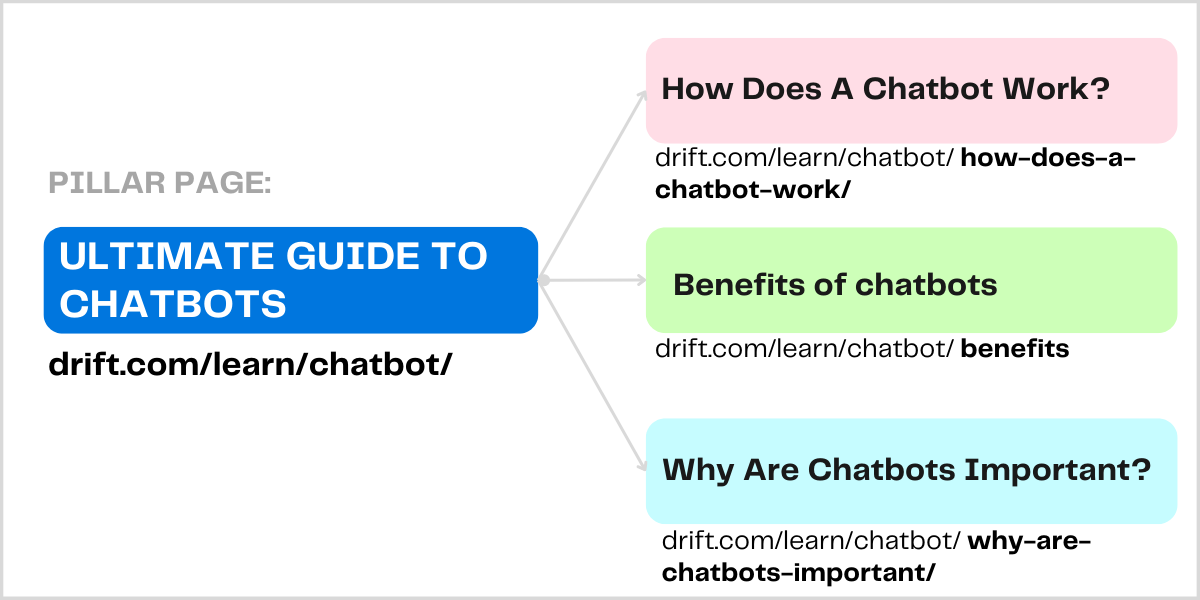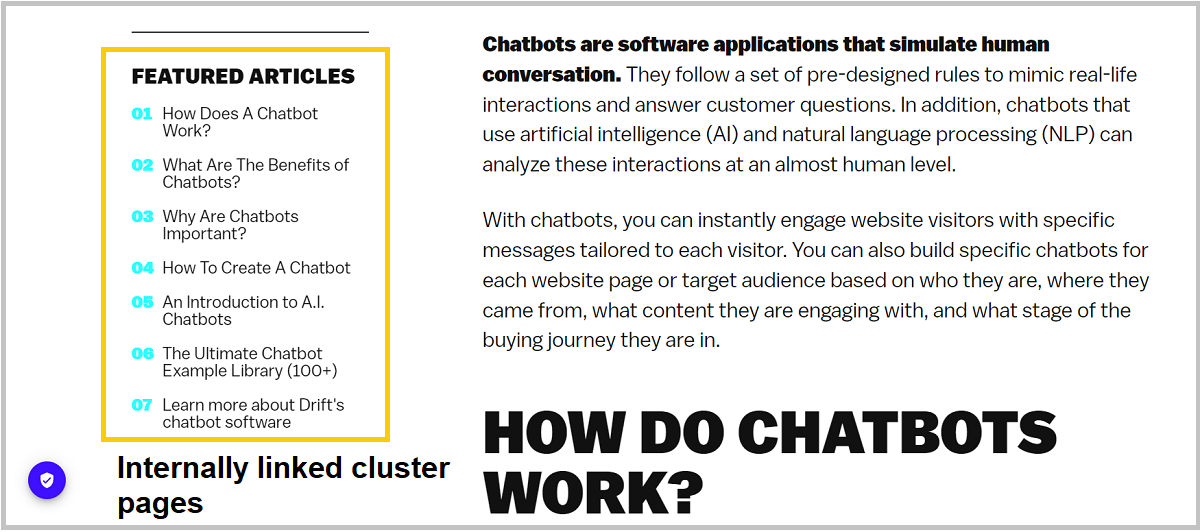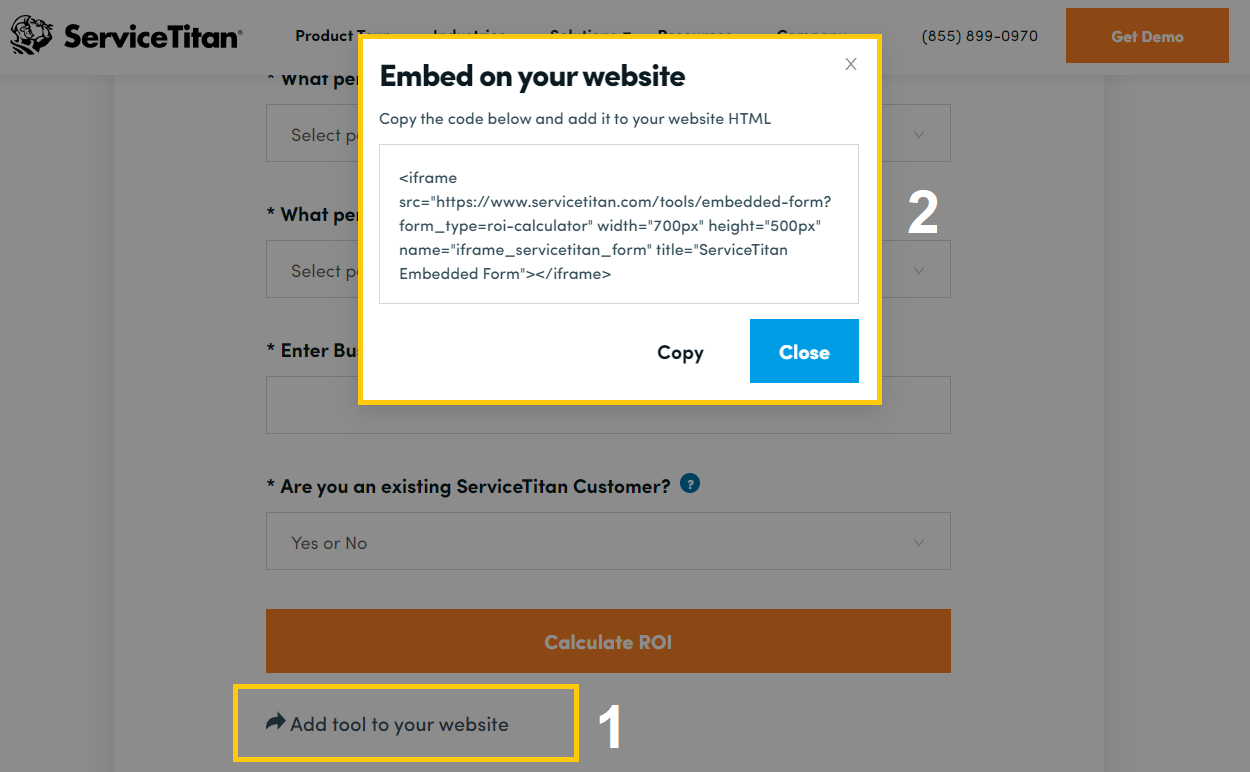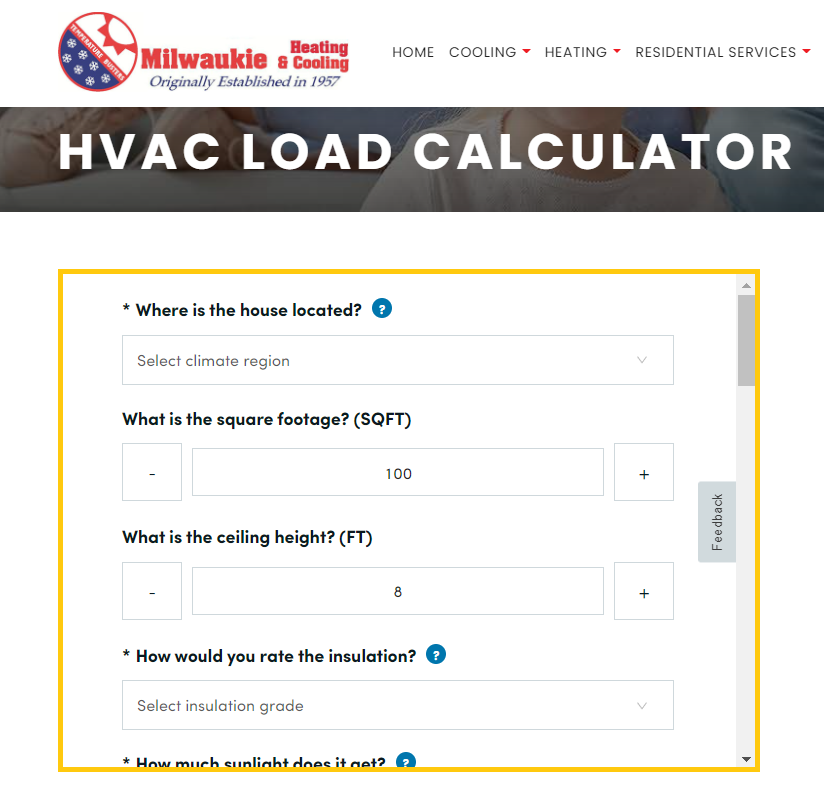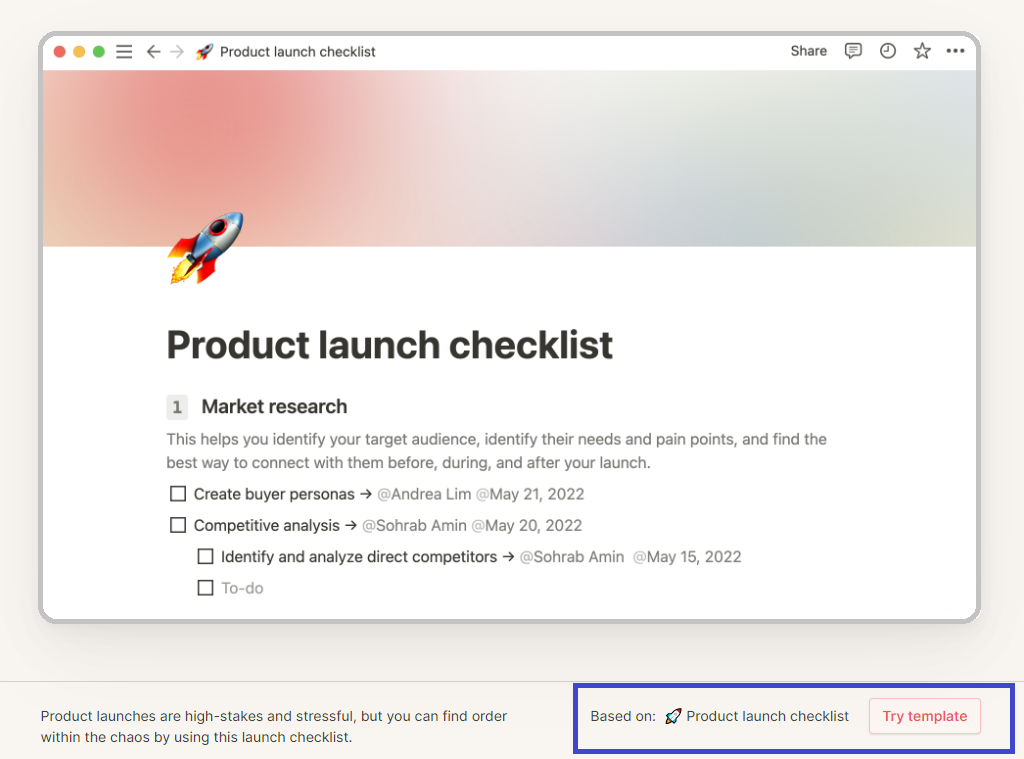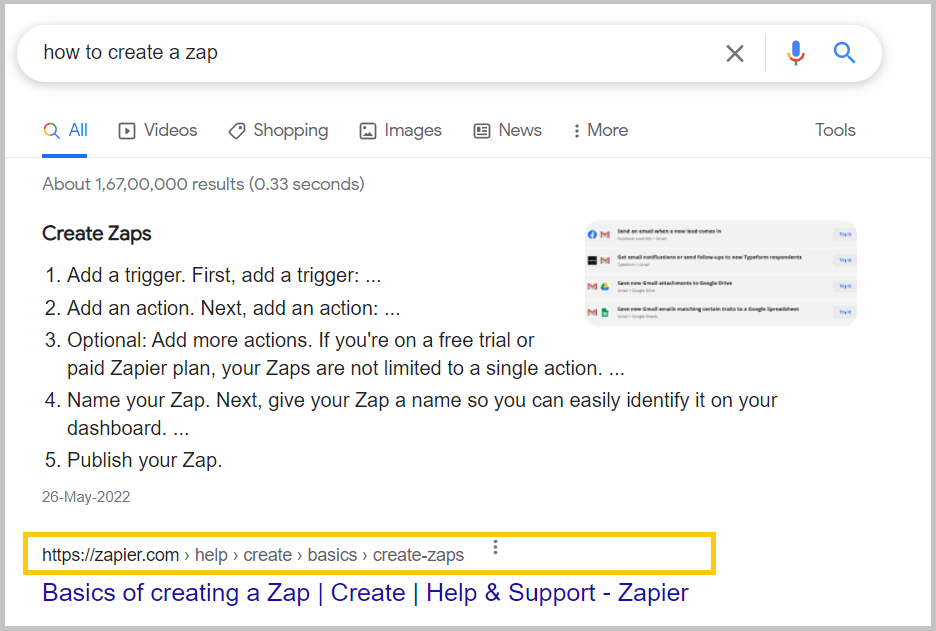SEO is not a one-size-fits-all solution.
So if you want to drive qualified traffic and acquire leads for your SaaS business, this comprehensive guide is for you.
In this article, we have shared the SEO secrets of successful SaaS companies such as Notion, Mailchimp, Zapier, and many more.
Best part?
You’ll find action items for each strategy so you can implement the same for your SaaS company right away.
Let’s get started.
Table of Contents
ToggleSaaS SEO Examples of Successful Brands
1. Drift’s Content Hub and Internal Linking
Drift is a chatbot software that offers features like live chat, conversational AI, email support, and many more.
Drift’s content hub and topic cluster model are great examples to follow as a SaaS company.
In layman’s terms, building a series of informational guides organized strategically around a broad yet relevant topic is considered the topic cluster model.
Here’s an illustration to understand the topic-cluster model:
Benefits of topic cluster approach:
1. Topical Authority
Google generally prefers building a knowledge base of entities to understand what different businesses and websites are known for, according to Bill Slawski. And, with the topic cluster model, you’re helping Google understand your business’s expertise and relevant topics.
The topic cluster approach Also helps in:
2. Giving your content an organized and structured form
3. Improved internal linking (since each cluster articles are intern connected in a meaningful way)
4. Increasing in traffic and conversion (helps you rank on more competitive and broad keywords)
Here’s how Drift has built pillar and cluster pages:
Drift has created pillar pages for most related topics such as chatbots, landing pages, account-based marketing, and more.
Let’s take the example of chatbots.
As you can see, the pillar page targets the broad topic (search term ‘guide to chatbots’ or chatbots guide), and the support articles target all relevant sub-topics.
Most of all, pillar pages and supportive articles are internally linked to building a separate content silo.
For example, you’ll see links to all the cluster pages in the sidebar of a pillar page. This way, Google can easily crawl and understand the connection and context between pages.
Action Items
- Start with pillar page ideation (choose broad topics relevant to your SaaS offerings. For example, an employee engagement software will focus on topics like employee engagement, employee recognition, etc.)
- Create sub-topics-related content (choose sub-topics based on audience research via SEO tools, online forums, etc.)
- Add internal links b/w them (Follow Drift’s approach to connecting the pillar and cluster pages)
- Include pillar pages in the navigation (If possible, try to link the pillar page from the site navigation. This helps Google understand the importance of the page and also pass PageRank)
- Categorize URLs (Creating sub-folders is suggested)
You may also like our comprehensive guide on content marketing for SaaS businesses.
2. ServiceTitan’s Link Building Flywheel
ServiceTitan provides cloud-based service management software to various industries to help home service contractors generate more leads and sales.
ServiceTitan has built a content moat in the service management software industry. And one of the keys to this success is the link-building flywheel.
They have created a group of free tools and templates that drive backlinks without manual link-building effort.
Note: To scale the link-building process, you must create content and linkable assets that organically earn you links.
Here are some stats of ServiceTitan’s link-building efforts:
As you can see, they have acquired 1300+ backlinks only from free tools and templates. Eventually, these resources will keep earning links over time without manual outreaching.
The best part of their free tool is that they allow readers and bloggers to embed these free tools on their own websites.
Here’s the screenshot:
As a result, people are embedding free tools on the website, and ServiceTitan is getting free links at scale.
An example:
This way, they build a strong backlink profile that is hard to replicate for their competitors.
Action Items
- Manual link-building effort (including methods like broken link building, guest posting, manual outreaching, etc.) is good. But to scale the process, you need to create content and resources that earn links organically over time.
- Some of the ideas to build linkable assets are free tools, downloadable templates, data-driven articles, publishing original research-based articles, survey articles, etc.
- If you’re planning to create tools, ensure that you allow people to embed the same tool on other sites.
- To find what type of tools and topics to create for link-building purposes, you need to perform audience research (talk directly to customers, use SEO tools, research forums like Quora, Reddit, etc.)
3. Notion’s Product-led Content
Notion is a software business built on content. Everything is optimized with the product-led content approach, from blog posts to Notion templates.
Note: Every content piece provides at least a solution to the target audience. And, when you make your product a crucial part of the solution, we call it product-led content.
Let us show you a blog post example:
A blog post on the product launch checklist is designed in such a way that the reader has to try Notion’s product-launch checklist to get the solution.
They use product screenshots, GIFs, product videos, real-time templates, and many more to make the product an integral part of the content.
Let us cite a side-by-side comparison between traditional and product-led content approaches:
The goal here is not just to add images and GIFs just for the sake of it. Instead, include them to align product features and benefits with the content.
This way, you’ll build a high level of awareness and acquire new leads for your SaaS business.
Action Items
- Educate your writing team about the approach of product-led content.
- Ask them to make every blog post aligned with the product offerings instead of just an informational blog post with no business value.
- Try to add product screenshots, GIFs, and even videos to support the content.
Note: To get high-quality product-led content, hire our SaaS content writers and learn how we can help you with this.
4. Mailchimp’s Glossary Pages
Mailchimp is an email marketing software widely used by marketers across the globe. One of the key pillars of Mailchimp’s successful content strategy is the glossary hub.
They have created glossary pages for common marketing terms and technical jargon such as bounce rate, backlinks, abandoned cart, etc.
Results achieved?
Mailchimp is driving 164k+ organic traffic per month only from glossary pages.
This includes ranking on search queries like:
- What is ROI
- What is bounce rate
- Abandoned Cart Definition
- What is a landing page, and more?
Let’s break down each element of Mailchimp’s glossary page strategy and its benefits.
1/ Creating Hub And Definition Pages
You’ll notice that Mailchimp has a hub or pillar page containing definitions of all the marketing terms.
This is what most brands do when they create a glossary hub.
But there is a key difference.
Instead of having one single glossary page consisting of all definitions, they have also created individual definition pages for search terms that are relevant to their business and have search demand.
By creating individual glossary pages and matching search intent, Mailchimp is ranking on the first page for 46k+ keywords.
2/ Definition-page Structure
All the individual definition pages have a common content structure. They have two elements:
- Starts with the definition
- Answers of FAQs
The reason behind this is matching the search intent. People search for terms such as What is [term] or [term] definition, etc.
And, by adding a section called, what is [term], Mailchimp is able to target those broad competitive keywords.
To add content depth to each definition page, they have added FAQs from sources like Google’s People Also Ask (PAA), Quora, Reddit, etc. This way, Mailchimp can also get positions in the PAA sections.
3/ Adding FAQs Strategically
Adding FAQs schema helps in getting more space in the organic space, improving the CTR, and increasing the dwell time.
Here’s an example of FAQs showing up in the SERP.
As you can see in the above image, adding internal links in FAQs schema may also increase the organic traffic to other pages.
Action Items
- Make a list of broad topics in your SaaS model where you want to be known as an expert.
- Next, prioritize the list with search demand, relevance, and business offerings.
- Create a glossary hub consisting of all definition terms.
- Also, depending on the resources, create an individual definition page.
- Optimize the definition page with metadata and related questions.
- Add FAQ schema with internal links to other related pages.
- Use breadcrumbs to make each page internally connected. Beneficial for crawling and indexing.
5. Zapier’s Help Centre
Zapier is an automation software with over 4000 app integrations. One of the challenges that most SaaS businesses face is customer churn rate.
There could be many reasons, such as poor product onboarding, complex features, customer support, lack of troubleshooting guides, etc.
Zapier has overcome these challenges with the help center or support.
Key Benefits of Building A Product Help Center?
As a SaaS brand, you may find many branded search terms or product-related questions in the Google search console dashboard.
By creating informational content for all the FAQs asked by your audience, you can improve customer satisfaction and improve the churn rate.
If you search for product-related queries for Zapier, you’ll find their help center page ranking in the top 3.
Here are some examples:
One more.
Now that you know the benefits (including SEO) of building a knowledge base, you must understand how to structure and organize each lesson for easy accessibility and high readability.
Key Elements of a Successful Knowledge Base:
- Easy to access (search bar on the top allows people to write their queries. Also, topic categorization helps to find the answer easily)
- Internal linking (breadcrumbs and links related to pages)
- Reader-first content optimization (short and to-the-point content, optimized for readers)
Action Items
- Start with audience research and make a list of related questions people ask about your brand (ask sales team, Ahrefs, GSC queries, find questions on Quora, Reddit, search response. io, or AnswerThePublic to get the most relevant questions)
- Use the subdomain to host your help center and knowledge hub. For example, domain/help, domain/support, etc.
- Make the content easy to access by adding internal links, a search bar, and categorizing questions by topics.
“After working with 20+ SaaS brands, I’ve found that the key to successful SEO isn’t just ranking for keywords. It’s about building a strong technical SEO and content foundation that solves customer problems. Focus on optimizing your website speed, improving user experience, and creating high-quality content that answers your target audience’s questions. When you combine these elements with consistent link building, you’ll see organic traffic and leads grow steadily over time.” – Himanshu Sharma, Co-founder at Accrue SERP, outcome-based SEO agency in India.
Final Words
SaaS-focused SEO strategy is not all about doing keyword research and writing SEO-optimized articles. In this guide, we’ve shared the SEO strategies that helped SaaS brands like Notion, Zapier, and Drift grow their customer base.
Hope the SEO strategy breakdowns discussed in this guide will help you grow your SaaS business to the next level. So, which are you going to implement first?



